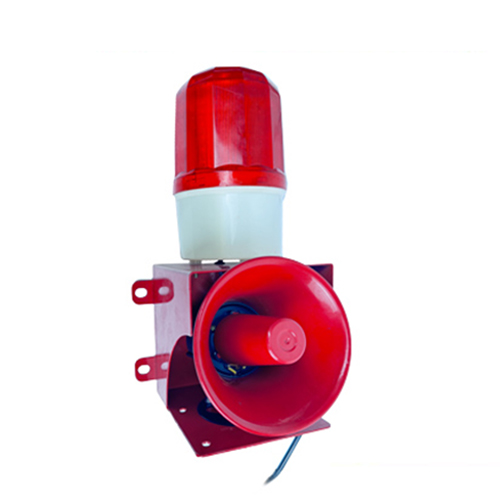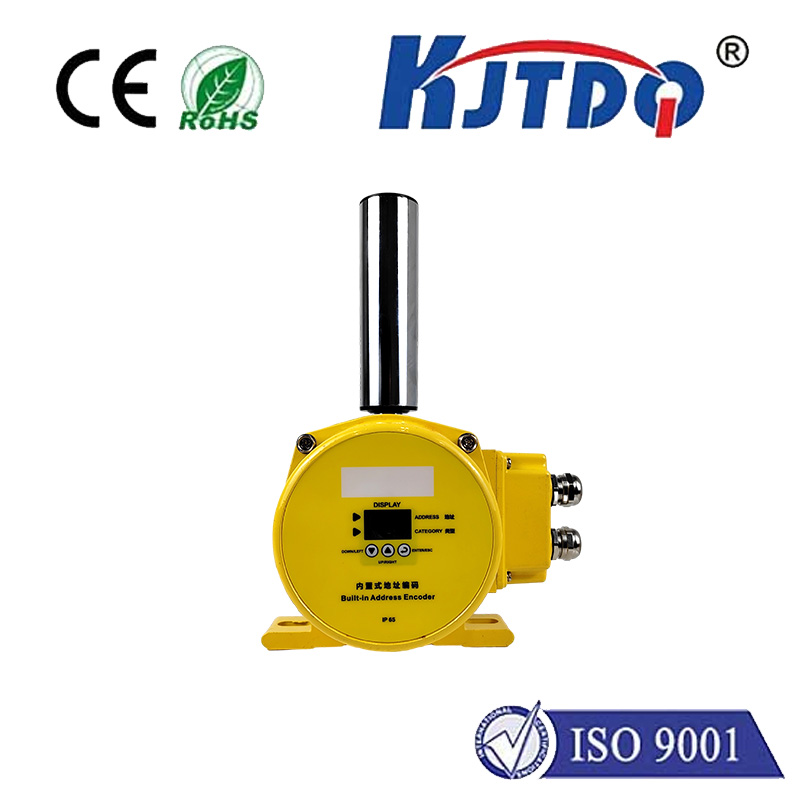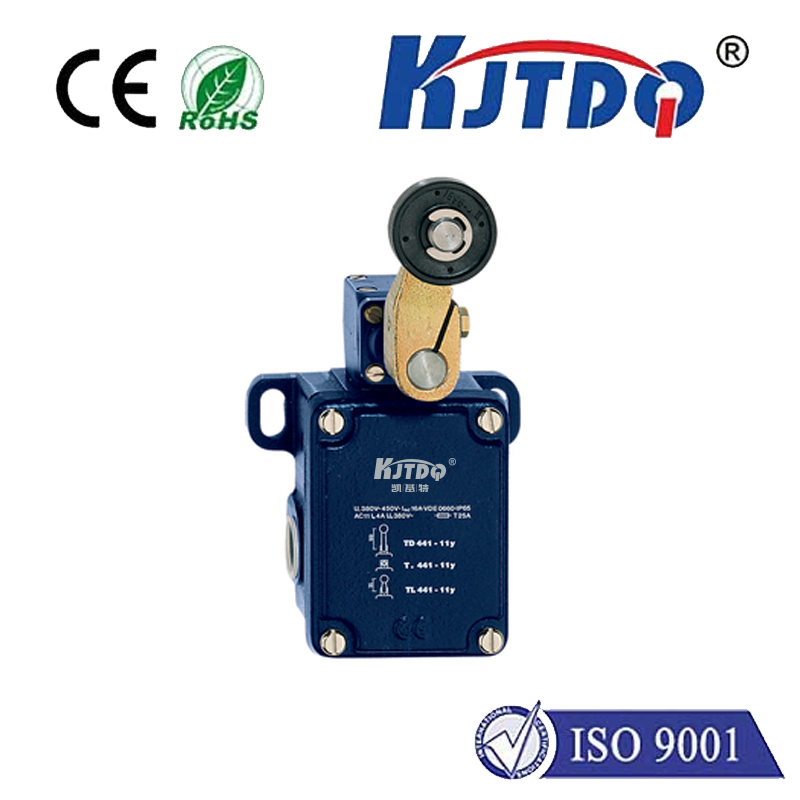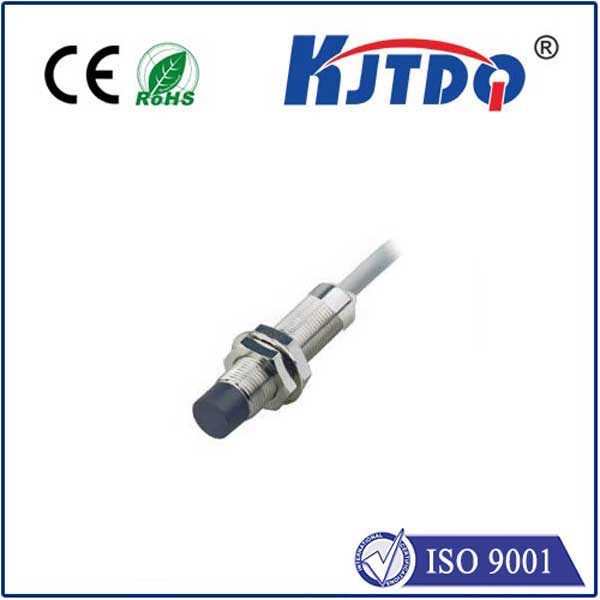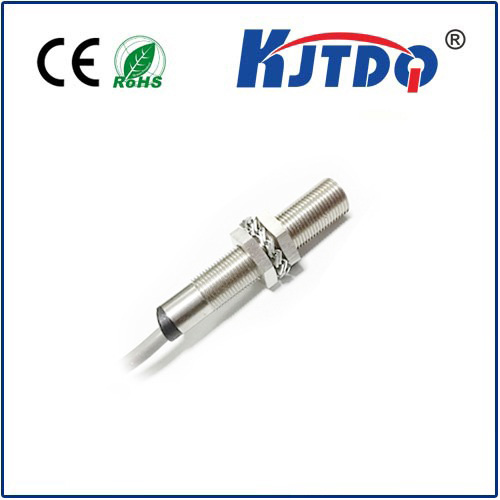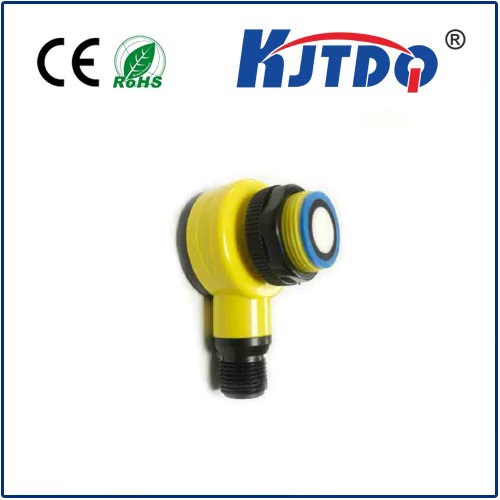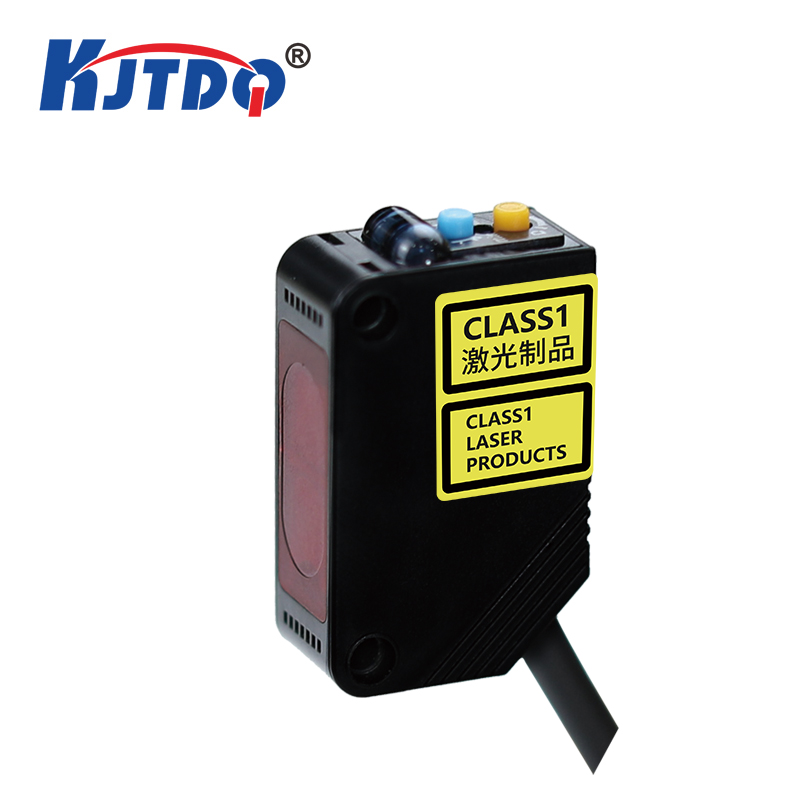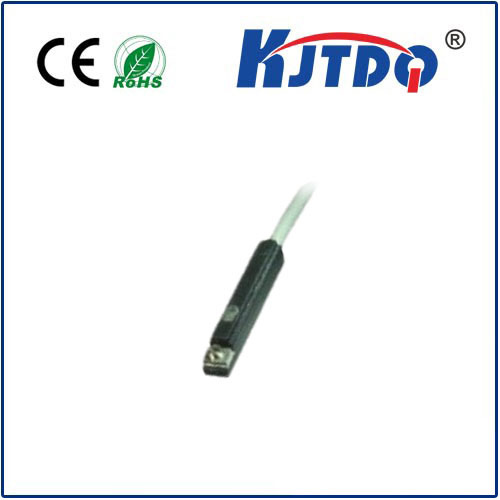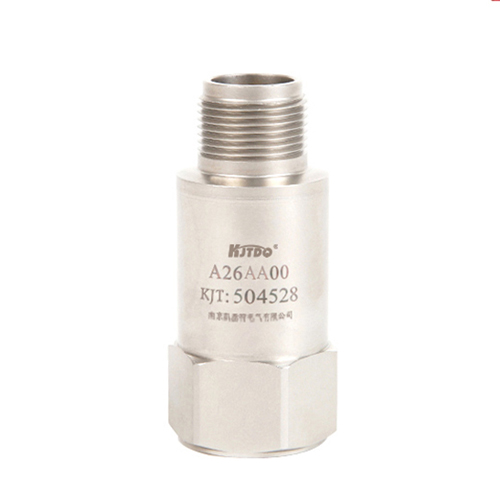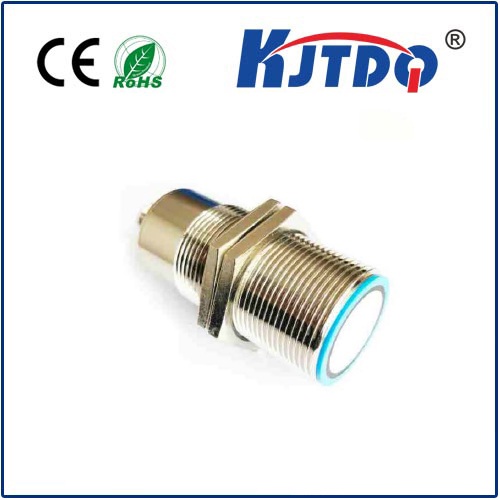BES04C7 proximity sensor
- time:2025-10-02 04:05:47
- Click:0
BES04C7 Proximity Sensor: Your Essential Solution for Reliable Object Detection in Demanding Environments
Imagine this: Your production line hums, a symphony of precision. Then, a critical sensor fails. A palletizer misplaces a load. Conveyor synchronization falters. Downtime ticks away, costing thousands per minute. At the heart of such automation, consistent, reliable object detection isn’t a luxury; it’s the non-negotiable bedrock of efficiency. This is where industrial workhorses like the BES04C7 proximity sensor shine – delivering unwavering accuracy where it matters most.
Operators in industrial automation understand that proximity sensors are the silent sentinels of the factory floor. Among the myriad options, the BES04C7 inductive proximity sensor has carved out a significant reputation for robustness and performance. Specifically designed for demanding applications, it answers the call for dependable non-contact detection of metallic objects.
Unpacking the BES04C7: Core Specifications and Design
The designation “BES04C7” itself provides key insights into this sensor’s lineage and capabilities. Typically associated with leading manufacturers like Balluff, the code often breaks down thusly:

- BES: Indicates the product family (often Balluff’s inductive proximity sensor series).
- 04: Often signifies the housing size and sensing range. In this case, an industry-standard M12 threaded barrel housing with a common 4mm nominal sensing range.
- C: Frequently denotes the connection type. Here, ‘C’ usually indicates a standard cable connection (often with an M12 or Pico connector, typically integral/provided).
- 7: Commonly specifies the electrical output type. ‘7’ typically represents a 3-wire, DC-operated sensor with an NPN normally-open (NO) output.
This combination results in a highly versatile sensor characterized by:
- Compact M12 Form Factor: Fits effortlessly into confined spaces common on machinery and robotic cells.
- Inductive Sensing Principle: Detects ferrous and non-ferrous metals without physical contact using an electromagnetic field. Absolutely immune to dirt, dust, moisture (within ratings), and ambient light interference.
- Reliable 4mm Sensing Range: Offers a practical balance between detection capability and physical compactness.
- Robust Construction: Engineered with materials like nickel-plated brass or stainless steel sensing faces, ensuring durability against mechanical shocks, vibrations, and minor impacts.
- High Environmental Protection: Typically features an IP67 rating, safeguarding against dust ingress and temporary immersion in water – essential for washdown environments or areas with heavy particulate.
- NPN Output (Normally Open): A widely compatible output configuration suitable for interfacing with standard PLC inputs and control systems.
- Flush Mountable: This is a critical feature. Unlike shielded sensors that require precise side clearances when recessed, the BES04C7 is designed for flush mounting. This means it can be installed directly into metal structures without any “dead zone” around it, dramatically simplifying installation in tight spaces or applications where sensors need to be protected from side impacts.
Where the BES04C7 Proves Invaluable: Key Applications
The BES04C7 proximity sensor isn’t just components; it’s a solution for countless challenges across industrial automation. Its blend of reliability, size, and performance makes it ideal for:
- Precision Positioning & End-of-Travel Detection: Verifying cylinders are fully retracted or extended, confirming robot arms reach their target position, or checking slides are “home.” Its accuracy ensures movements are complete before the next process step begins.
- Conveyor Line Object Presence & Counting: Detecting the presence of parts, packages, or pallets moving down the line. Crucial for controlling sorting gates, activating downstream processes, or performing simple counting operations. Its immunity to dirt keeps it functioning reliably even near dusty conveyors.
- Machine Safety & Interlocking: Serving as part of safety circuits to confirm guards are closed or tools are correctly positioned before machine cycles can start. Reliability is paramount here.
- Material Handling Systems: Monitoring pallet positions within AS/RS systems, detecting forks on forklift AGVs, or confirming cart presence on automated guided vehicles.
- Packaging Machinery: Detecting cartons, cans, bottles, or lids reliably at high speeds for fill level control, capping, labeling, and case packing. Its flush mount capability is often essential here.
- Automotive Production Lines: Used extensively for part presence verification throughout assembly lines – for engine blocks, chassis components, doors, and more – where consistent detection under oily or dirty conditions is required.
The Critical Edge: Ruggedness Meets Simplicity
What truly sets sensors like the BES04C7 apart in the competitive landscape of inductive sensors is its focus on practical reliability:
- Resilience Under Pressure: Built to withstand the typical knocks, vibrations, temperature fluctuations, and environmental contaminants found on factory floors. This translates directly to reduced unplanned downtime.
- Simplified Integration: The standard M12 form factor and flush-mount capability make mechanical installation straightforward. The ubiquitous NPN output simplifies electrical integration with most industrial control systems.
- Maintenance Minimizer: The solid-state nature of inductive sensors like the BES04C7 means no moving parts to wear out. Combined with its sealed construction (IP67), it requires minimal maintenance, offering significant long-term cost savings.
- Consistent Performance: Once installed and properly tuned, its sensing behavior remains remarkably stable over time, providing predictable results critical for automated processes.
Integrating Successfully: Key Considerations
To maximize the performance and lifespan of your BES04C7 proximity sensor, attention to installation is key:
- Mounting: Ensure the target object enters the sensor’s sensing field reliably and consistently. Utilize its flush mount advantage when space is tight or side-clearance is impossible. Always follow manufacturer torque specifications for mounting.
- Target Material & Size: While inductive sensors detect metals, the effective sensing range can vary slightly based on the target’s material properties (steel vs. aluminum vs. brass) and size (smaller targets reduce the effective range).
- Operating Voltage: Verify the sensor’s voltage range (commonly 10-30V DC) and ensure your power supply is stable and within spec. Undervoltage can cause inconsistent operation; overvoltage can damage the unit.
- Electrical Wiring: Meticulously connect the Brown (V+), Blue (V-), and Black (Output/Signal) wires according to the datasheet and your PLC/controller requirements (sinking vs. sourcing). Proper grounding is essential.
- Avoid Overload: Do not exceed the sensor’s rated switching current, and ensure in-rush currents (like from solenoids or contactors) are managed with appropriate protection devices if necessary.
The Unsung Hero of Modern Automation
In the intricate dance of modern manufacturing and logistics, proximity sensors like the BES04C7 are fundamental. They provide the essential “






